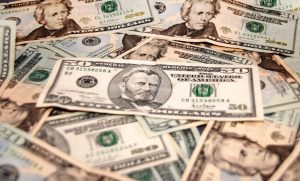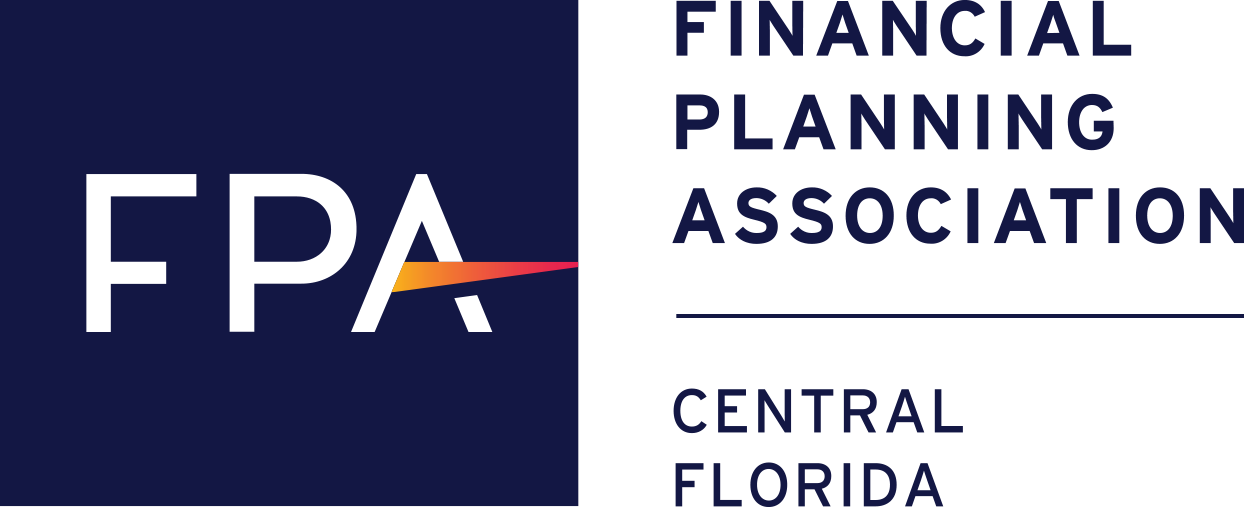
The Emergency Fund: Why, How Much, How to Build One and Where to Keep the Money
 Insurance protects us from a wide range of risks that accompany our day-to-day lives. Yet there’s none available specifically to protect people from one of the biggest risks there is: unforeseen financial emergencies. So when someone unexpectedly loses their job and their income, or is ambushed by a major unanticipated expense such as a costly home or automotive repair, what then?
Insurance protects us from a wide range of risks that accompany our day-to-day lives. Yet there’s none available specifically to protect people from one of the biggest risks there is: unforeseen financial emergencies. So when someone unexpectedly loses their job and their income, or is ambushed by a major unanticipated expense such as a costly home or automotive repair, what then?
Enter the emergency fund.
Financial emergencies can strike indiscriminately and inflict major damage, particularly on people who are unprepared. Anyone is susceptible, regardless of age, financial circumstances, job standing or family situation. Which is why, according to personal finance experts, if you have something to lose financially, you need an emergency fund as insurance.
“What an emergency fund does is insure a person or a family against the risk of losing their income for a period of time and protect them from a big expense that comes up unexpectedly,” explains Russ Weiss, a Certified Financial Planner™ at Marshall Financial Group in Doylestown, Pa.
A checking account, a retirement plan, an investment account — they each have a distinct purpose. The same holds true for the emergency fund. It’s a cash reserve set aside specifically to provide a cash infusion when it’s desperately needed, to keep a household running and cover expenses in a pinch. Here are some parameters for establishing and maintaining one:
WHY? The justification for an emergency fund is to have a just-in-case store of cash from which to draw, instead of having to take on debt, sell investments or dip into a retirement account to meet that need. The last thing a person who loses their job and their income needs is to run up their credit card balances or dip into a retirement account (likely with penalties and tax consequences) just to pay their bills.
HOW MUCH? The amount to keep in an emergency fund depends on the risks that accompany a person’s stage of life, their career path and their asset base, says Weiss. He offers a few rules of thumb to help determine the size of the cash reserve:
• The higher a household’s hard monthly expenses, the more emergency cash reserves required.
• The younger the person, generally the smaller the emergency cash reserve required.
• The riskier the career path (i.e., a commission-based salesperson, a freelancer, a start-up entrepreneur) the greater the emergency cash reserve required.
• The less liquid assets a person or household has (liquid referring to cash on hand and the ability to turn an asset into cash promptly), the more emergency cash reserves they need.
• For people under age 35 with no children, three to six months’ worth of living expenses; those with kids need six to 12 months.
• For mid-career types in their 40s and 50s, enough to cover six to 12 months of living expenses.
• For clients nearing retirement, cash reserves to cover 18 to 24 months of living expenses.
This higher amount of cash reserves is designed to provide a cushion in case a person is transitioning from work to retirement during a stock market downturn, explains Weiss. In that case they can draw from the emergency fund instead of selling stocks when their value is down.
HOW TO BUILD ONE? Start by moving a chunk of cash residing in a checking account into a separate, stand-alone account. Or if no such lump sum is available, begin diverting smaller amounts into that account on a weekly or monthly basis, preferably via automatic withdrawals from checking or from your paycheck, suggests Weiss, to take the decision (and forgetfulness) out of the equation. Commit to making those regular deposits/contributions until the target amount is reached. If an emergency arises and you need to make withdrawals from the account, be sure to start replenishing the amount you withdrew as soon as possible, using the same approach.
WHERE TO KEEP THE MONEY? Opinions vary on the best place for an emergency fund to reside. But one thing is certain. That money must be “close enough to be easily accessible, but far enough to be hands off,” says Certified Financial Planner™ Christine Haviaris of TTR Wealth Partners in Pearl River, NY.
Since the priorities for an emergency fund are accessibility and safety, not growing the value of those funds, many financial professionals recommend that the cash reserve be kept in an FDIC-insured account, such as a savings or money market account, from which money can be readily withdrawn on short notice. Interest rates on these accounts are modest but they do vary from bank to bank, so it’s worthwhile to spend a little time finding a better rate via a website such as www.bankrate.com.
Another option, particularly for larger account balances, is to store the money in a series of bank CDs, where the CD expiration dates are staggered (“laddered”). Laddering allows money to be available in incremental amounts as needed and avoids penalties for early withdrawal. CDs today may offer better returns than savings and money market accounts. Bankrate.com is a good place to research CD rates.
Given the moving parts involved with CD laddering and the emergency fund in general, Weiss suggests consulting a financial professional to help choose the most appropriate home for your emergency cash reserves. To find a Certified Financial Planner™ in your area, visit www.PlannerSearch.org, the Financial Planning Association’s searchable national database of personal finance experts.
